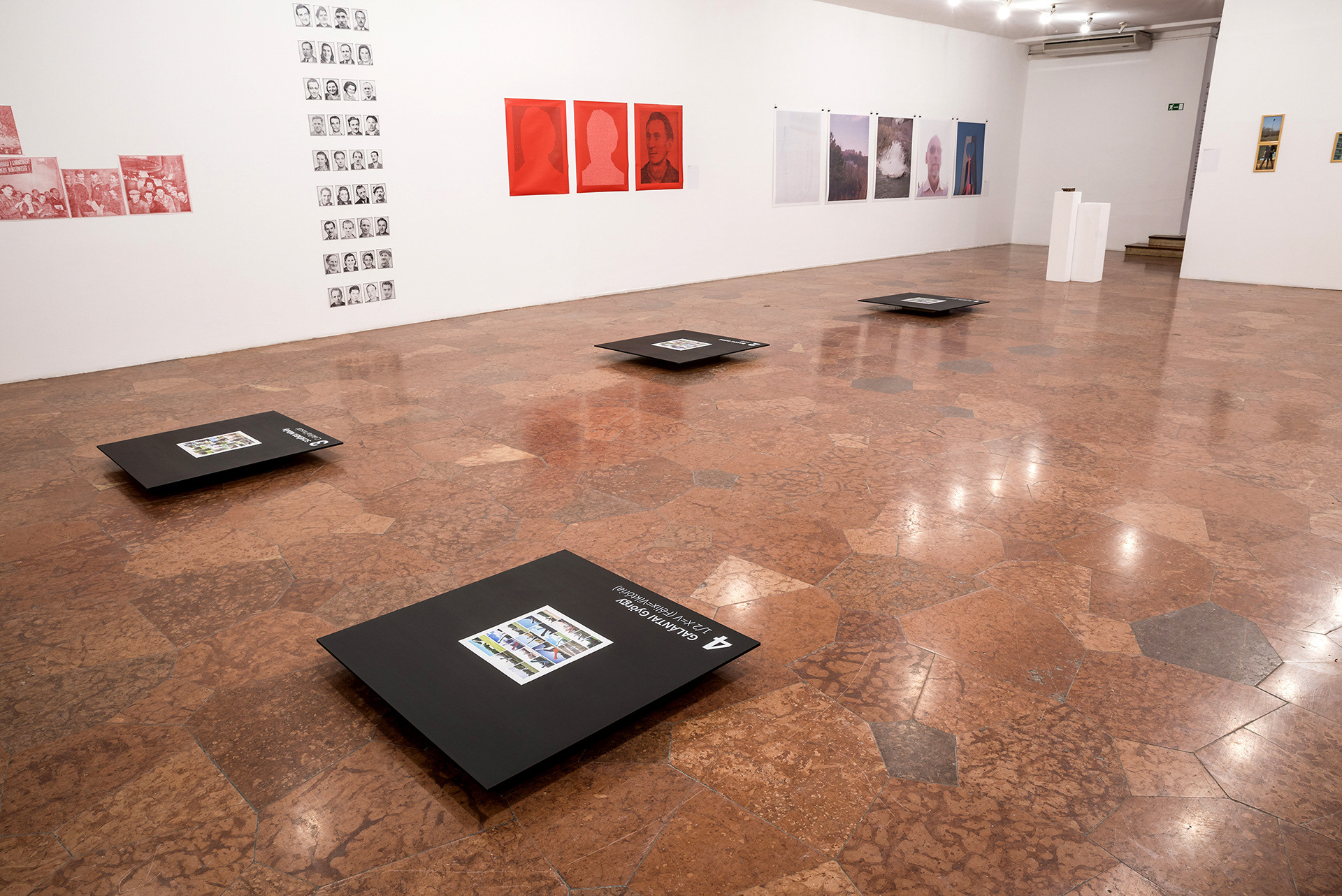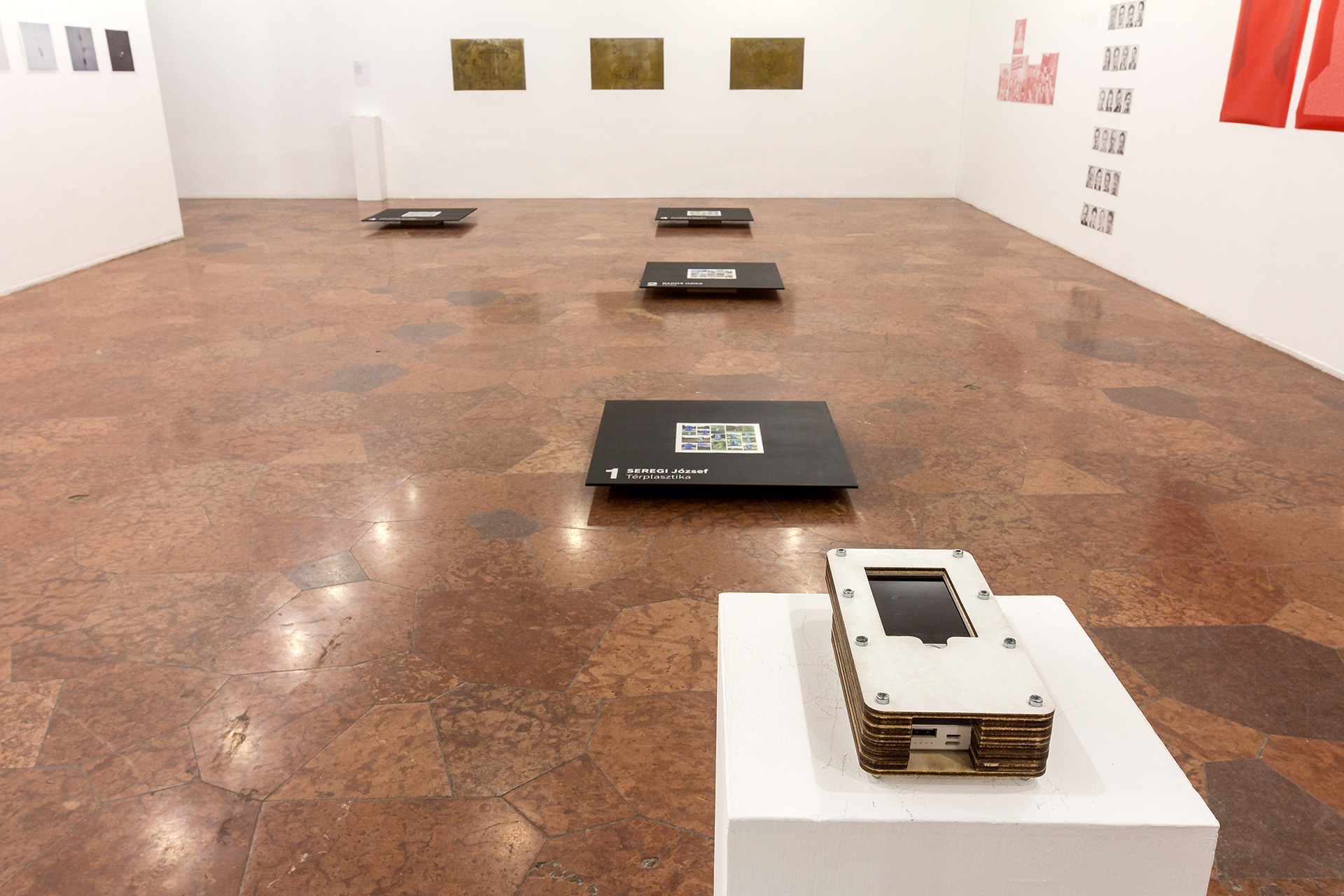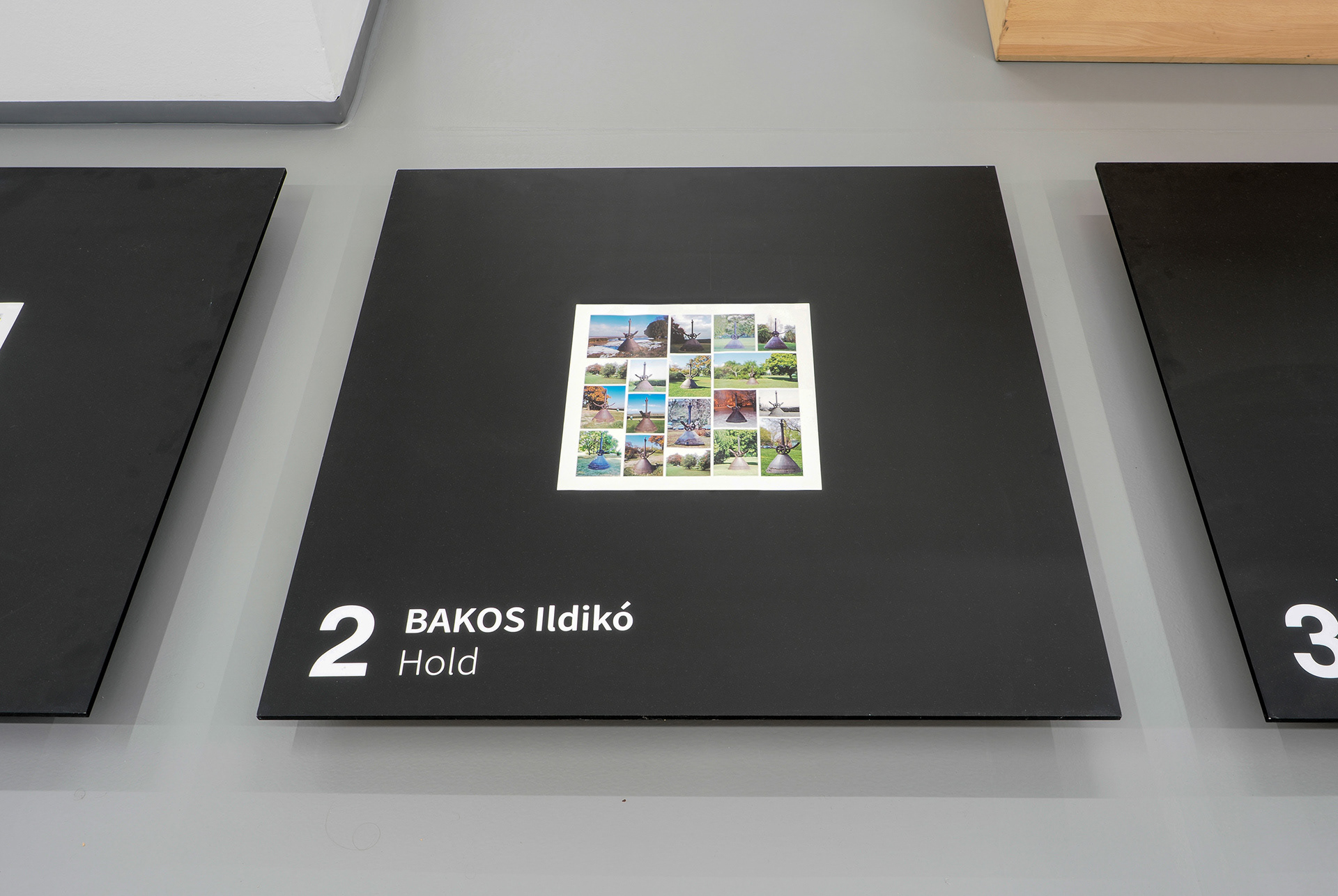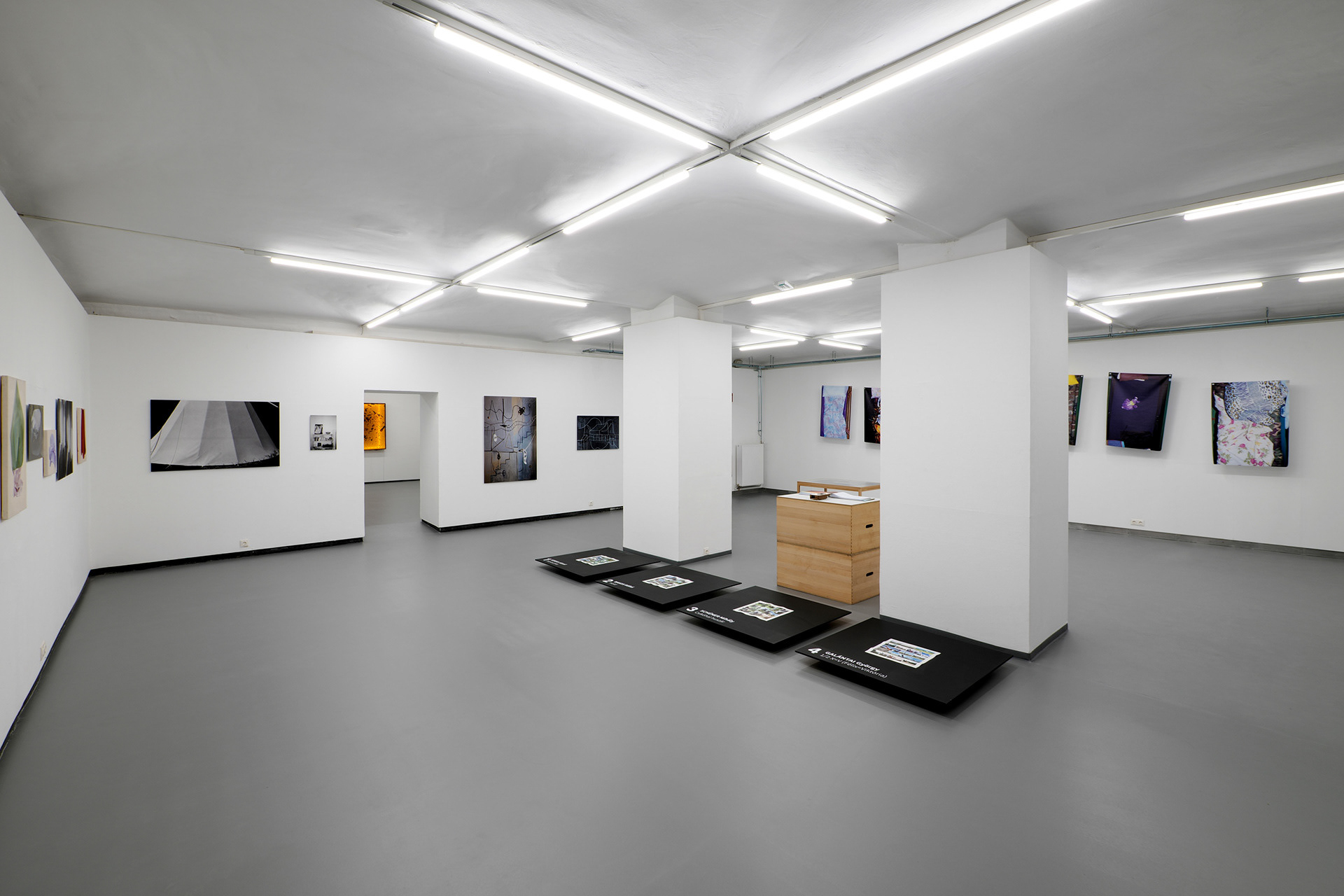In our time, things increasingly lose their materiality and appear transformed, expressed in codes or functions in virtual space. The work Transmutation was inspired by the deteriorating state of the sculpture park in Dunaújváros and the disappearance of its artefacts.
In a possible future, where this trend is accelerating, where we might be forced to leave the planet, where things, objects and works of art might be destroyed in their physical reality, how can we preserve and reconstruct these sculptures from the internet cloud? From the images that someone once took of these works and shared.
Transmutation uses a special process to create 3D polygon models from the currently rather limited number of very mixed-quality photographs of individual sculptures taken in Dunaújváros.
Transmutation uses a special process to create 3D polygon models from the currently rather limited number of very mixed-quality photographs of individual sculptures taken in Dunaújváros.
These models are then formed using augmented reality (AR) technology in the exhibition space, where they can be viewed using a self-built AR scanning device. This is based on the pedestals found in real space, which carry the source images of each virtual sculpture. The surface created by the images also serves as a reference point for the augmented reality system. The resulting digital sculptures are, due to the lack of representation on the Internet, a rather amorphous, organic version of their originals.
2018-2019
József Seregi: 'Térplasztika' (video documentation)
Ildikó Bakos: 'Hold' (video documentation)
Mihály Schéner: 'Csikóhal huszár' (video documentation)
György Galántai: 1/2 X=V ( Félix = Viktória ) (video documentation)


Installation view on the exhibition 'Plan D', ICA-D, Dunaújváros, 2019.


Installation view on the exhibition 'PROPELLER III', Fotogalerie Wien, Vienna, 2023.